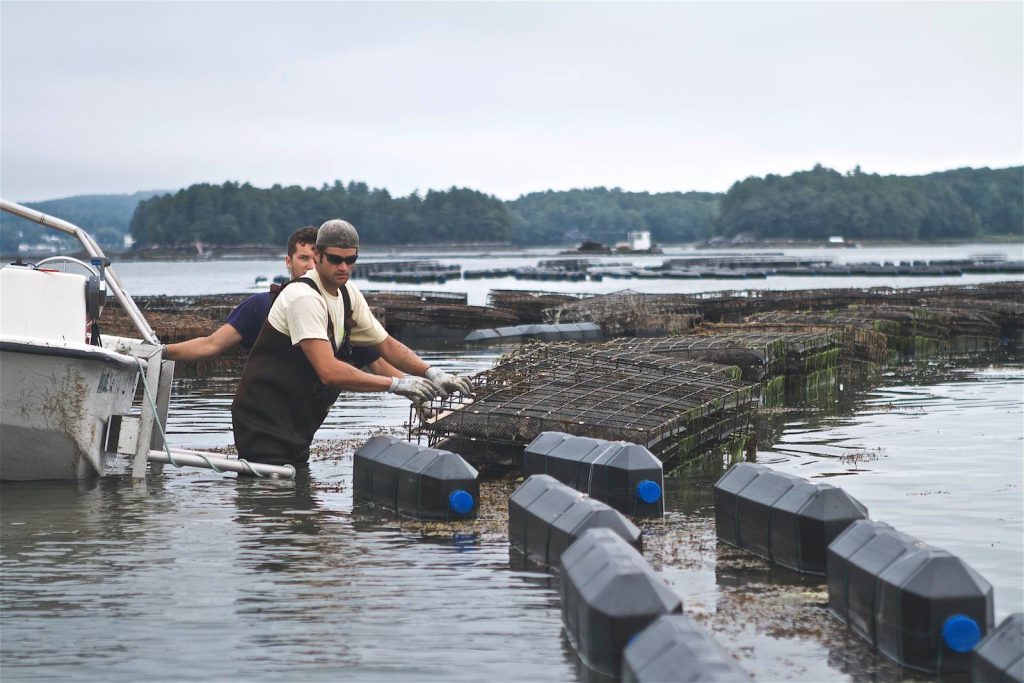Federal Funding Opportunity: Ocean, Coastal, and Great Lakes National Aquaculture Initiative
Depending on appropriations, NOAA National Sea Grant College Program (NOAA Sea Grant) expects to have available a total of $7,000,000 to $11,500,000 across fiscal years 2018, 2019 and 2020 as part of the Sea Grant National Aquaculture Initiative (NAI). As part of the NAI, this competition is designed to foster the expansion of a sustainable U.S. ocean, coastal and Great Lakes aquaculture sector by addressing one or more of the following priorities: (a) supporting the development of emerging systems or technologies that will advance aquaculture in the U.S., including projects that will help stimulate aquaculture production by nascent industries; (b) developing and implementing actionable methods of communicating accurate, science based messages and information about the benefits and risks of U.S. marine aquaculture to the public; and (c) increasing the resiliency of aquaculture systems to natural hazards and changing conditions. Successful applications must describe projects that clearly address major constraints, barriers or hurdles limiting aquaculture production in the U.S. Complete proposals are due from eligible parties to Sea Grant programs on March 2,
Interested applicant may obtain the full Federal Funding Opportunity announcement by visiting grants.gov opportunity number NOAA-OAR-SG-2018-2005489.
Applicants are strongly encouraged to reach out to their Sea Grant Program one to two months prior to the Sea Grant program




